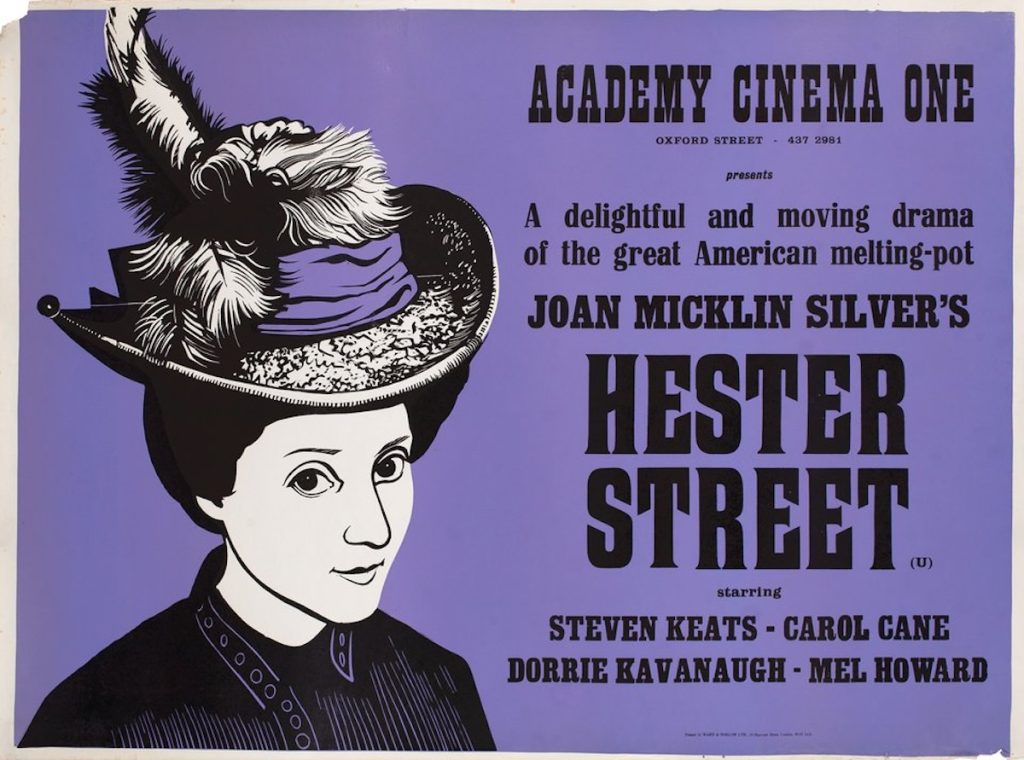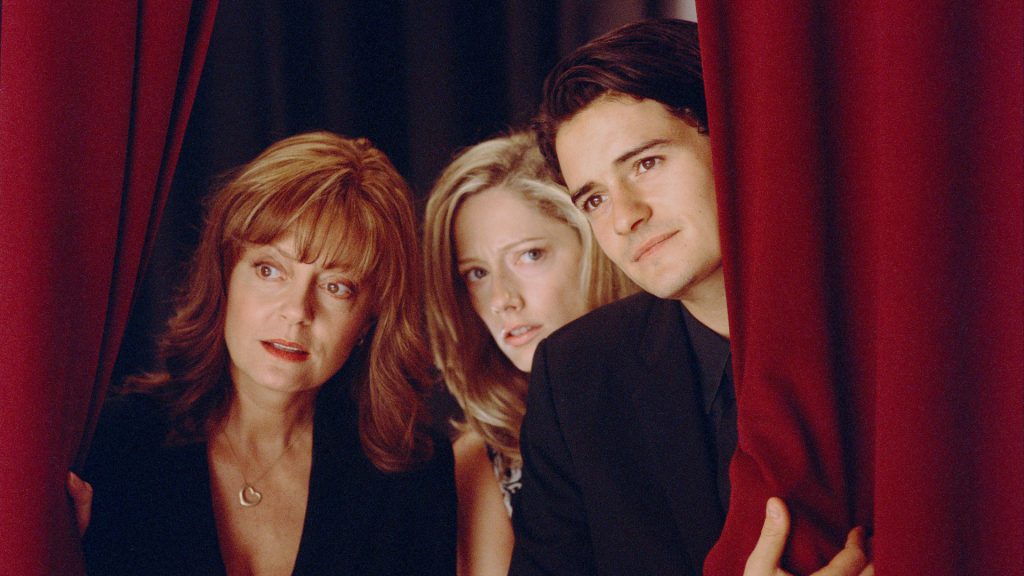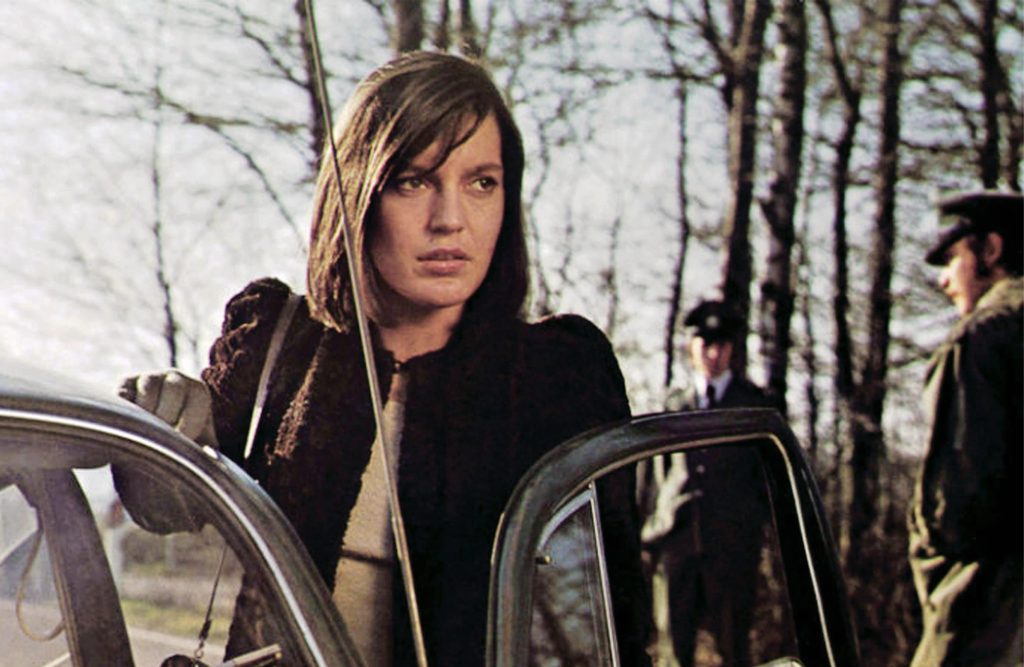The Parallax View, Alan J. Pakula’s 1974 conspiracy thriller, begins with an act of gun violence (in this case, the assassination of a senator) after a 4th of July parade. The chilling weirdness of watching it right now perfectly captures the strange discomfort of viewing conspiracy theory films at this moment. The thrills and fun you get out of a tight plot that neatly connects the dots toward cunning political malfeasance feel like uncomfortable pleasures. After all, fantastical, grotesque conspiracy theories, consumed willingly, have now rotted the brains of a politically significant chunk of the populace. Staggeringly incompetent political malfeasance occurs every day, out in the open. So, on the one hand, it feels squirmy and perhaps even immoral to enjoy good yarns about political conspiracies. On the other, these films can feel dated because the conspiracies they imagine feel so quaint compared to today’s actual conspiracy theories about baby-killers and lizard people. It’s a testament to Parallax View that it manages to transcend these qualms. It’s a freight train of a thriller, whose political concerns are specific to its own time, but whose general concerns and atmosphere feel all too relevant today.
Of the three films in Pakula’s so-called “paranoia trilogy” (the others are Klute and All The President’s Men), Parallax View is by far the loopiest, and thus most resonant with our current political hellscape. After the assassination of Senator Carroll, scruffy and scrappy journalist Peter Frady (Warren Beatty) starts investigating the mysterious deaths of several people who were witnesses to the senator’s murder. (This is inspired by a real-life, essentially debunked, conspiracy theory about the JFK assassination.) He uncovers a shady organization, the Parallax Corporation, which recruits and trains antisocial men to become assassins for hire.
As both a thriller and a reflection on a political atmosphere, Parallax View is magnificently constructed: scenes of investigation, plotting and action are tautly and stunningly put together. It’s remarkable what Pakula (with a screenplay by David Giler and Lorenzo Semple Jr., adapting a novel by Loren Singer) is able to fit into a runtime of 102 minutes. There are multiple assassinations, car chases and explosions, but none of it feels rushed or forced. Everything builds steadily and methodically towards an increasing awareness of (and terror of) shadowy, ruthless forces at work. The film’s final set piece is a marvel: a scene of relatively banal political performance is cut through with interludes of ominous, impotent observation and the mounting tension of an inevitable, if unpredictable, catastrophe. Gordon Willis’s cinematography is gorgeous, and conveys that eerie feeling of constant surveillance and threat, and an atmosphere of encroaching darkness. Michael Small’s score also adds a lot to this atmosphere—warped and mournful versions of sounds of Americana enhance the paranoia; its more mournful refrains feel like an elegy for an idea of the nation that can no longer sustain itself.

Parallax View manages to seamlessly combine a great thriller with political heft by largely avoiding heavy-handed parallels or speechifying (though there is mention of the traumatizing political assassinations of the 1960s, and the government’s official ruling that Lee Harvey Oswald was the lone gunman in the John F. Kennedy’s death.) The film shows a refreshing (and totally earned) belief that political themes and concerns can be conveyed and felt solely through sound and image. Silences and slower beats allow the political ramifications of the action to reverberate in the audience’s mind.
This is not to say that it never uses cinema as a blunt political instrument.; one of the film’s most arresting scenes occurs when Frady, going undercover as a potential Parallax recruit, watches a film montage used to indoctrinate the angry and disaffected and arouse their violent tendencies. Designed to enforce positive associations with images of brutality and fascism, it mingles stock photos of beatifically happy families and schmoopy hippy couples with images of violent protests, war, and, finally, Nazism. It’s something of an Eisenstein homage, and can’t be boiled down to a single thesis, but you can see how it might convince an angry young man that he’d be carried to Valhalla by buxom Valkyries if he took a gun to the White House. Even if the movie spectator isn’t taken in, we’re left with an alarming picture of America as a deeply divided and schizoid place that’s a tinder box ready to ignite at any moment.
Conspiracy thrillers work, and are made to last, when they go beyond representing a specific conspiracy and capture the larger mood and fears of a nation. Parallax View’s particular obsession with political assassinations reflects the trauma and paranoia of the ‘70s. But the fear that larger forces could turn disgruntled white men into killing machines is all too real, a fever dream not so far off from the nightmare we’re actually living. When Jack Younger, a creepily ingratiating Parallax Corporation suit, tries to recruit Frady, he asks him: “Has it ever crossed your mind that maybe it’s everybody else’s problem that they don’t get along with you?” It’s a call to resentment and radicalization that nobody even bothers to whisper in dark hallways anymore.
“The Parallax View” is now streaming on Amazon Prime Video and The Criterion Channel.



